PODCAST “If we were to offer a symbol of what Harlem has come to mean in a short span of twenty years, it would be another statue of liberty on the landward side of New York. Harlem represents the Negro’s latest thrust towards Democracy.” — Alain Locke
EPISODE 353 This is Part Two of our two-part look at the birth of Black Harlem, a look at the era before the 1920s, when the soul and spirit of this legendary neighborhood was just beginning to form.
The Harlem Renaissance is a cultural movement which describes the flowering of the arts and political thought which occurred mostly within the Black community of Harlem between 1920 and the 1940s.

In particular the 1920s were described by writer Langston Hughes as “the period when the Negro was in vogue.” The moment when the white mainstream turned its attention to black culture.
But how Harlem become a mecca of Black culture and “the Capital of Black America”?
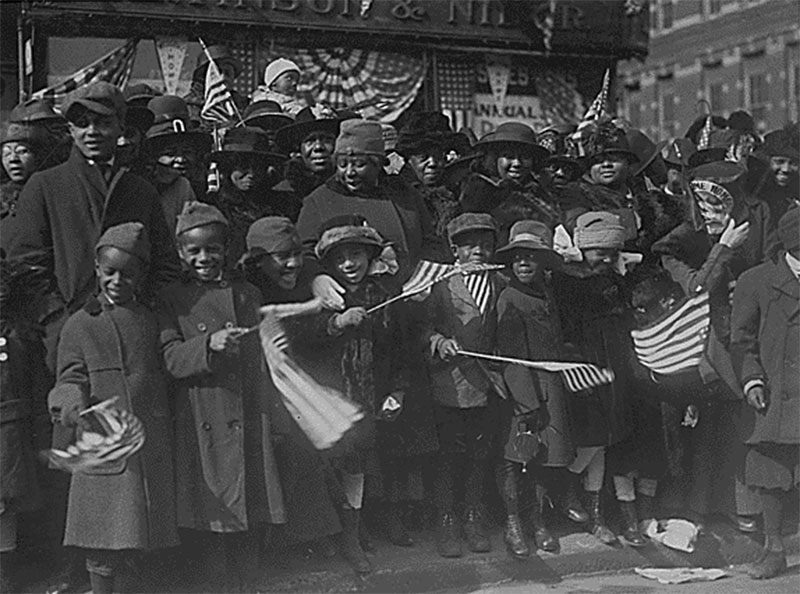
This is the story of constructing a cultural movement on the streets of Upper Manhattan in the 1910s. From the stages of the Lafayette Theater to the soapboxes of Speakers Corner. From the pulpits to the salons (both hair and literary)!
WITH stories of Marcus Garvey, Madam C.J. Walker, Arturo Schomberg and many more.
AND the origin of a beloved Harlem treasure, at home at the Apollo Theater.
Listen to HARLEM BEFORE THE RENAISSANCE on your favorite podcast player or from the player below:
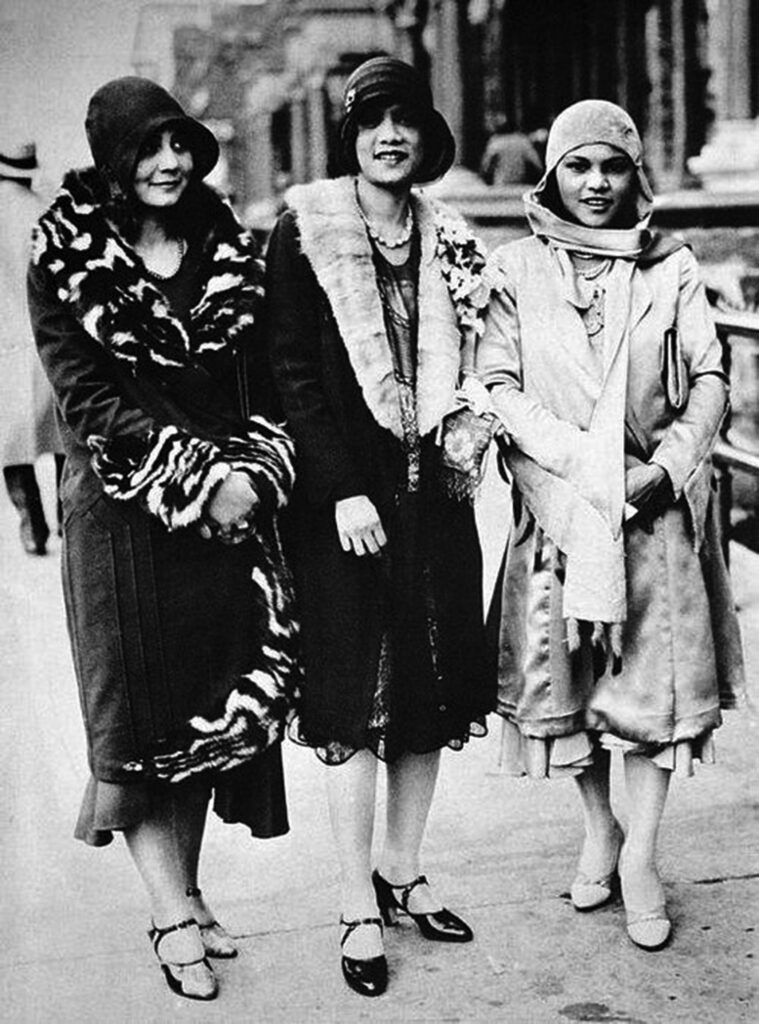
The Tree of Hope, sitting across from the Lafayette Theatre and Connie’s Inn.

The stump of the Tree of Hope still inspired hopefuls for many years before it was taken to the Apollo Theater.
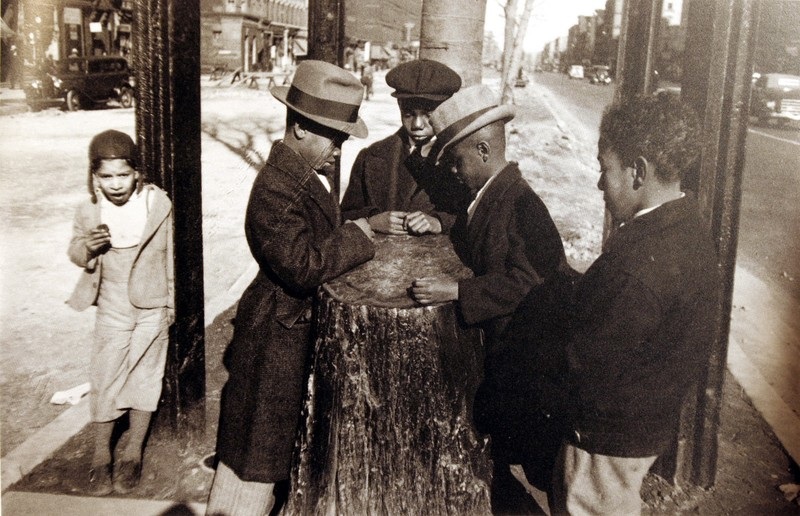
James Reese Europe and the Clef Club Band, 1914.
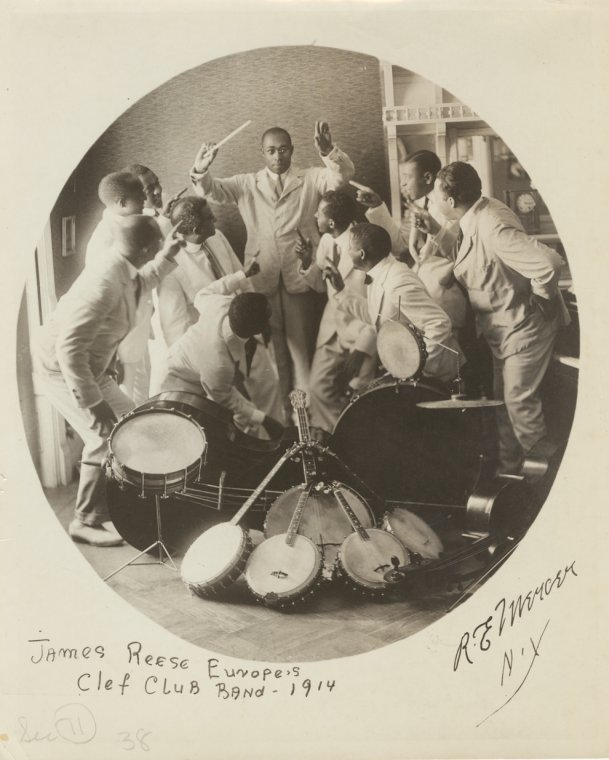
The home and salon of Madam C.J. Walker.
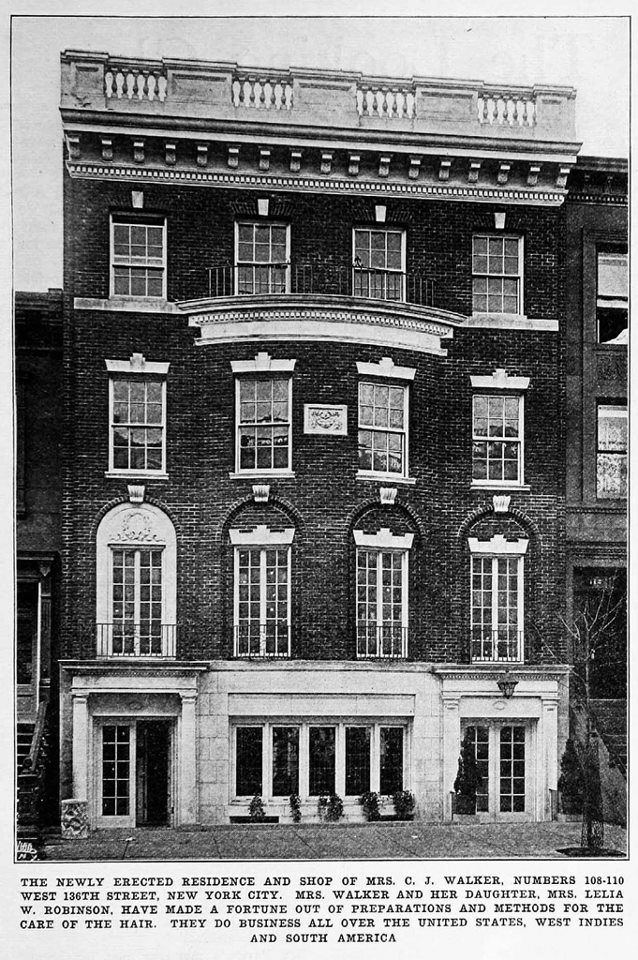
Madam C.J. Walker became one of Harlem’s most successful and prominent business owners.
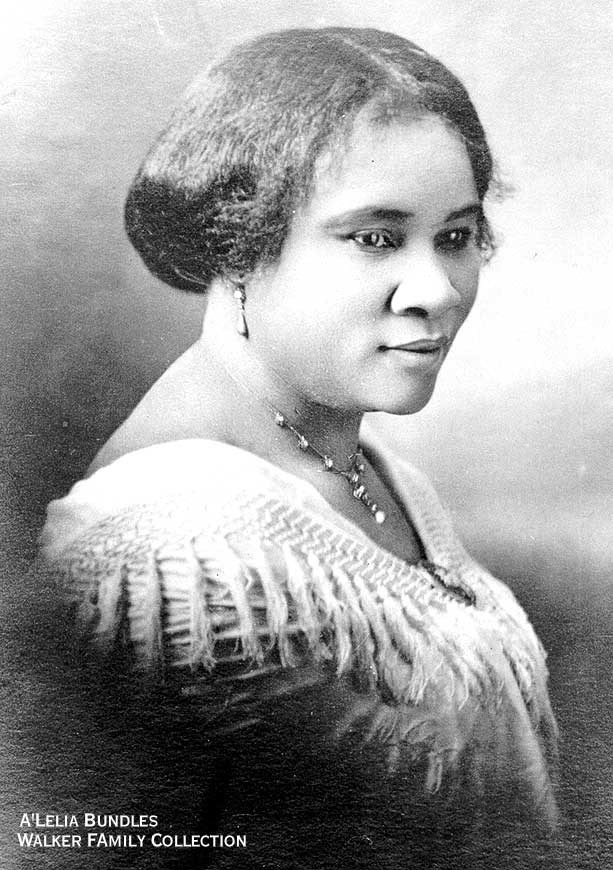
A’Lelia Walker with dancer Al Moore
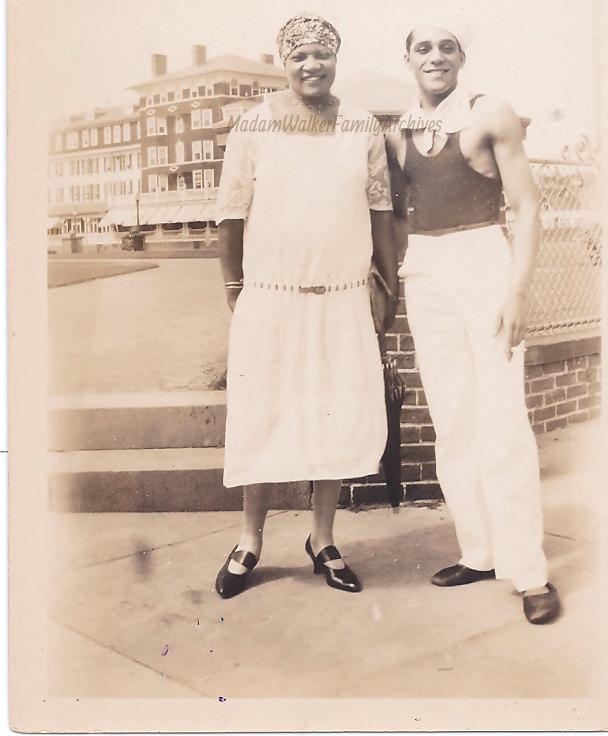
Hubert Harrison — the ‘Black Socrates’ — whose fiery speeches on Speakers Corner galvanized political activity in Harlem.
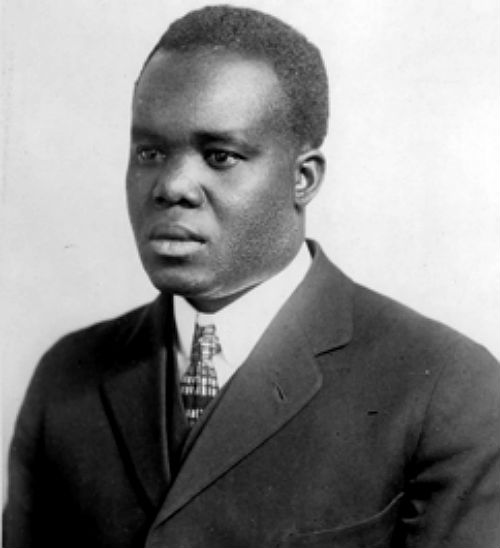
Marcus Garvey in a UNIA parade, 1924.

Garvey speaking at Liberty Hall, 1920
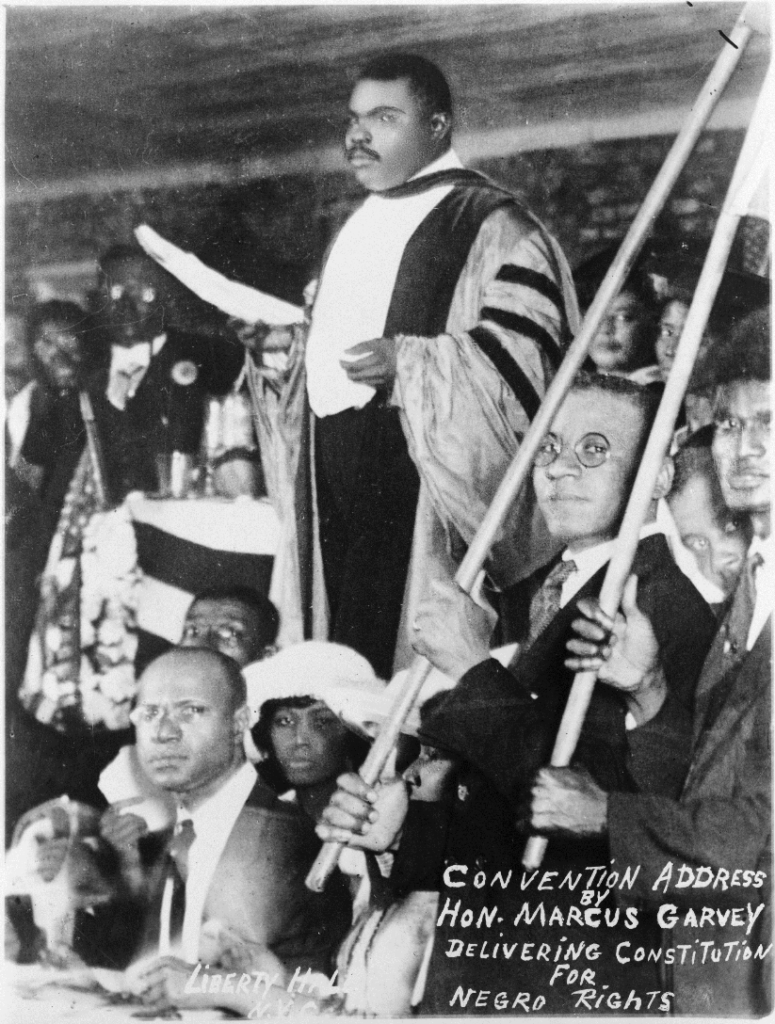
FURTHER LISTENING:
The first part of the Birth of Black Harlem two-part series:
…and a newly produced version of our earlier show on the Hotel Theresa.
In addition, these people and events play a big role in this week’s show:
The Bowery Boys: New York City History podcast is brought to you …. by you!
We are now producing a new Bowery Boys podcast every other week. We’re also looking to improve and expand the show in other ways — publishing, social media, live events and other forms of media. But we can only do this with your help!
We are now a creator on Patreon, a patronage platform where you can support your favorite content creators.
Please visit our page on Patreon and watch a short video of us recording the show and talking about our expansion plans. If you’d like to help out, there are six different pledge levels. Check them out and consider being a sponsor.
We greatly appreciate our listeners and readers and thank you for joining us on this journey so far.


6 replies on “Harlem Before The Renaissance: Making a mecca for Black America”
Would you be able to provide the information on the beautiful piano music at the intro to both of these shows?
One of the reason that Harlem became such a popular destination for many Black Americans and black immigrants, has much to do with the real estate work done by Phillips A. Payton. He created quality housing for us in Harlem and this became extremely attractive to not only well to do blacks but those looking for new opportunities. Being redlined and segregated created opportunities to live side by side with the great talents and minds who came to nyc for what everyone comes to nyc for.
Continue to send information on The Harlem Renaissance Can you send me information on Billie Holiday and her contribution to the Harlem Renaissance and especially about her song Strange Fruit and how this song effect the people of color and white desent and how the Government try to force her to not sing it
Thank you, Mr Cortez. I am completing the 4th Part of IS201 In The Dark (3 parts streaming on YouTube) which I plan to follow up on with stories about Black historical figures in Harlem –especially those who are rarely mentioned. Appreciate the comments.
Very nice
This was very helpful for me for a lot i didn’t know Thanks soo much